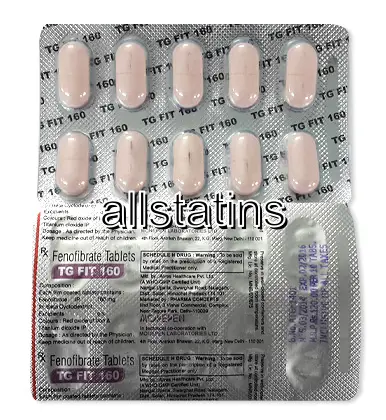| Package | Dosage | Price | Price per Dose | |
|---|---|---|---|---|
| Dosage: 160mg | ||||
| 360 pill | 160mg | NZD1,427.85 | NZD3.96 | |
| 180 pill | 160mg | NZD740.24 | NZD4.12 | |
| 120 pill | 160mg | NZD504.84 | NZD4.21 | |
| 90 pill | 160mg | NZD399.53 | NZD4.43 | |
| 60 pill | 160mg | NZD278.73 | NZD4.65 | |
| 30 pill | 160mg | NZD148.64 | NZD4.96 | |
| Dosage: 200mg | ||||
| 360 pill | 200mg | NZD1,951.31 | NZD5.42 | |
| 180 pill | 200mg | NZD1,015.90 | NZD5.64 | |
| 120 pill | 200mg | NZD690.68 | NZD5.76 | |
| 90 pill | 200mg | NZD545.10 | NZD6.04 | |
| 60 pill | 200mg | NZD380.94 | NZD6.35 | |
| 30 pill | 200mg | NZD204.39 | NZD6.78 | |

Fenofibrate Description
Overview of Fenofibrate
Fenofibrate is a medication primarily used to help manage high cholesterol and triglyceride levels in the blood. It belongs to a class of drugs known as fibrates, which work by activating specific receptors in the body called peroxisome proliferator-activated receptors (PPARs). This activation enhances the breakdown of fats and lowers the production of harmful lipid particles. By effectively reducing LDL cholesterol, triglycerides, and increasing HDL cholesterol, Fenofibrate plays a significant role in cardiovascular risk reduction.
How Fenofibrate Works
Fenofibrate's mechanism involves stimulating the activity of PPAR-alpha. This leads to increased oxidation of fatty acids, resulting in a decrease in the circulation of triglycerides. It also boosts the synthesis of HDL cholesterol, often referred to as "good" cholesterol, which helps remove excess fats from the bloodstream and carry them to the liver for processing. For patients with mixed dyslipidemia, Fenofibrate can be particularly effective in restoring a healthier lipid profile.
Benefits of Using Fenofibrate
Many patients report noticeable improvements in their lipid levels after beginning Fenofibrate therapy. Commonly, it reduces the risk of developing arteriosclerosis, heart attacks, and strokes associated with high cholesterol and triglycerides. It is also beneficial for those with conditions like metabolic syndrome or diabetes, where lipid abnormalities are common. Regular use, combined with lifestyle modifications such as diet and exercise, can help achieve optimal cardiovascular health.
Possible Side Effects and Precautions
While Fenofibrate is generally well-tolerated, some users may experience side effects. Common issues include gastrointestinal discomfort, such as nausea or abdominal pain. Rarely, it can cause muscle pain or weakness, which should be reported to a doctor immediately. Liver function tests are recommended periodically, as the medication may impact liver health. People with kidney problems or gallbladder disease should consult a healthcare provider before starting Fenofibrate, as adjustments or alternative treatments might be necessary.
Interactions and Usage Guidelines
Fenofibrate can interact with other medications, including blood thinners and certain statins. These interactions may increase the risk of adverse effects like bleeding or muscle damage. It is essential to inform your healthcare provider about all medicines you take before beginning Fenofibrate. The medication is usually administered once daily with meals to enhance absorption. Dosage can vary based on individual health needs and response to treatment.
Conclusion
Fenofibrate is a valuable option for managing dyslipidemia, helping to control dangerous fat levels in the blood. Its ability to lower triglycerides and boost HDL cholesterol can significantly reduce the risk of cardiovascular events. Like all medications, it should be taken under medical guidance, with regular monitoring to ensure safety and effectiveness. Proper lifestyle changes alongside medication therapy can support the best outcomes in lipid management and overall heart health.
